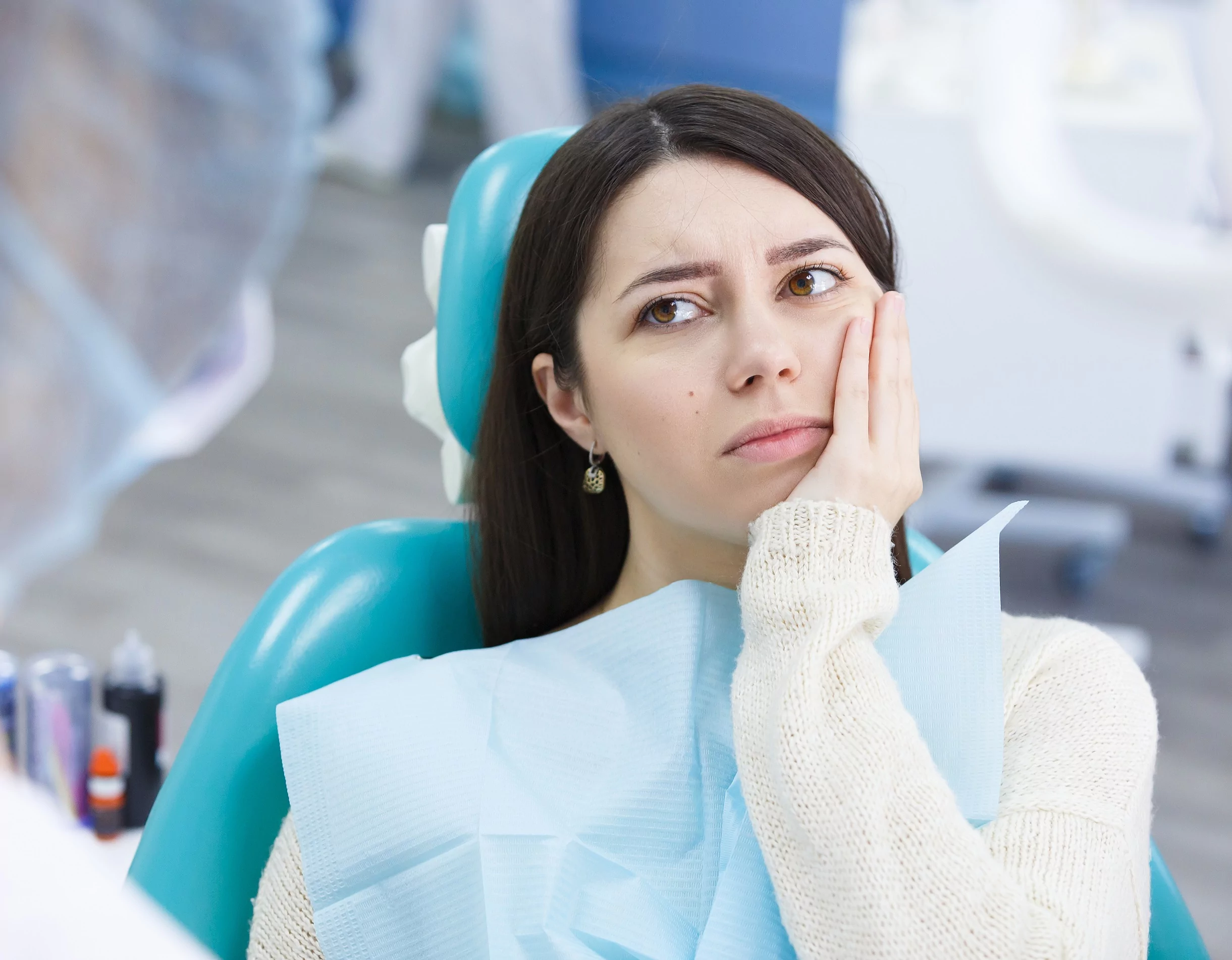What Types of Sedation Are Used in Dentistry?
 The following types of sedation are used in dentistry:
The following types of sedation are used in dentistry:
- Minimal inhaled sedation. You breathe in nitrous oxide – also known as “laughing gas” – combined with oxygen through a mask placed over your nose. Chi helps you relax. Your dentist can control how much sedation you receive, and the gas tends to dissipate quickly. This is the only form of sedation that allows you to drive home after the procedure.
- Oral sedatives. Depending on the total dose administered, oral sedation may vary from minimal to moderate. For minimal sedation, you take one pill. Usually, the pill is Halcion, which is in the same family of drugs as Valium, and it is usually taken about an hour before the procedure. The pill will make you drowsy, even though you’re awake. A larger dose may be used to produce moderate sedation. This type of anesthesia is often combined with dental sedation. Some people become groggy from taking a mild sedative to falling asleep during surgery. However, they can often be awakened with a light jerk.
- Moderate sedation IV. You get sedation through a vein, so it works faster. This method allows the dentist to continually adjust the level of sedation.
- Deep sedation and general anesthesia. You’ll be given medicine that makes you almost or completely unconscious – appearing to be asleep – during the surgery. While you are under general anesthesia, you cannot easily wake up until the effects of the anesthetic wear off or the effects of the medicine wear off. Regardless of the type of sedation you receive, you will usually need a local anesthetic – the type of anesthetic where the dentist is working in the mouth – to relieve pain if the procedure causes discomfort.
Can Any Dentist Perform Sedation?
Most dentists can administer minimal sedation (such as nitrous oxide or pills). An increasing number of dentists can give moderate sedation. However, only a small percentage of dentists who have completed the Commission on Dental Accreditation (CODA) program in deep sedation and general anesthesia can use these more complex techniques. These dentists are typically oral and maxillofacial surgeons and dentist anesthesiologists. Some dentists use a dentist anesthesiologist, who is specially trained to give all levels of sedation and anesthesia to both children and adults.
Each state’s dental board carefully regulates the use of sedation techniques. Many states require dentists to hold permits to perform sedation.
Who can take sedation at the dentist?
Sedatives are more appropriate for people who are really scared or worried that they can’t go to the dentist. Dental sedation may also be suitable for people who have a low pain threshold, cannot sit still in a dentist’s chair, or have very sensitive teeth
Contact Boulder County Smiles:
303-665-5335
Location (Tap to open in Google Maps):
1140 W South Boulder Rd Ste 201
Lafayette, Colorado
80026

